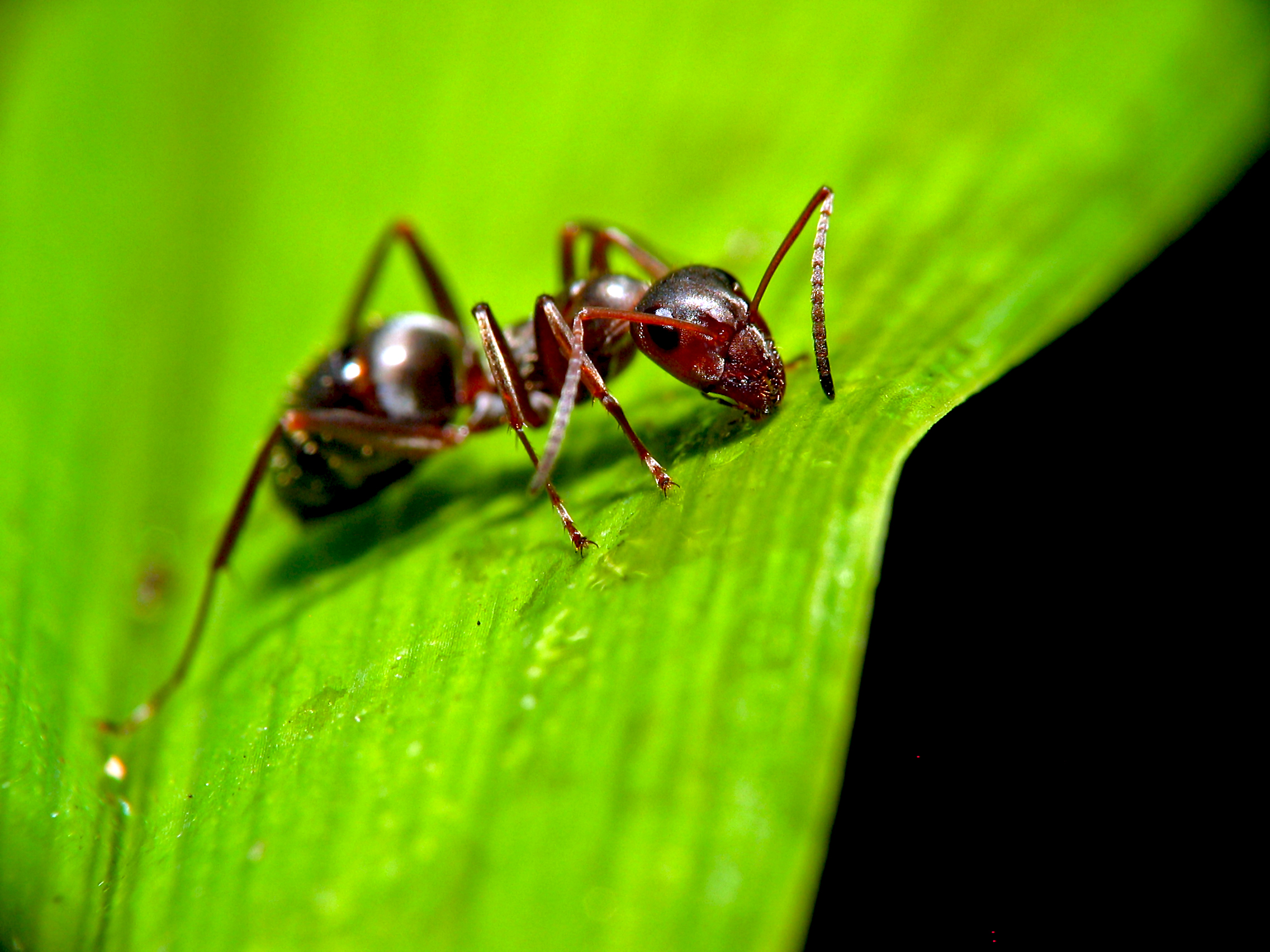
 And here is another interesting paper by Greg Frost-Arnold, “Too much reference”. He considers the case in some way opposite to empty singular terms: where a singular term ‘refers to’ more than thing.
And here is another interesting paper by Greg Frost-Arnold, “Too much reference”. He considers the case in some way opposite to empty singular terms: where a singular term ‘refers to’ more than thing. He writes:
Suppose a person purchases an ant colony. There are many small ants in the colony, and two big ants, Ant A and Ant B. However, the owner of the ant colony does not realize that there are actually two big ants, because he only sees one big ant at a time. (We assume the ants’ behavior is coordinated to satisfy this condition.) The owner believes that there is one big ant in the colony, and the owner decides to name this ant ‘Charley.’ The philosophical issue such a story raises is this: what is the semantic status of sentences that include the term ‘Charley’?This is a case I discussed, with reference to a Bunuel film, here and here. There are actually two people (Carole Bouquet and Angela Molina) playing the same character (Conchita). Does the name ‘Conchita’ refer to two people – for once you have realised the trick, it is obvious that there are really two characters – or one? Or (pace Greg) to none at all?
If the theory of reference (the ‘Frodo’-Frodo theory) I have argued for is correct, this sort of multiple reference is impossible. The meaning of a name is exhausted by its function of purporting to signify the same thing. To understand the sentences ‘Fa’ and ‘Ga’ is to understand that if they are both true, then “some F is G” is also true. And, because they do not imply that some Fs are G, they they can only imply that one F is G. To say that there are two F’s is to say that there is an F, and there is another F. The word ‘another’ is the complement of a singular term. It always means a different thing, and for there to be one different thing means there being at least two different things.
What about the ants? Can’t it plausibly said that the proper name ‘Charley’ refers both to Ant 1 and to Ant 2? No, because, as I have argued, reference is not a semantic relation between language and reality. As I have argued, we can regard the two ant images as visual proper names. I see ant 1 walking out of the colony, and entertain the visual proposition ‘Here is an ant’. Ant 1 goes back, and ant 2 now comes out. I entertain the visual proposition ‘Here is the same ant’. Since I cannot understand this visual singular as applying to more than one singular, i.e. because I understand it always as meaning ‘the same …’, I cannot understand it as multiple reference. Thus it cannot be multiple reference. Singular terms always refer to singular things.
No comments:
Post a Comment